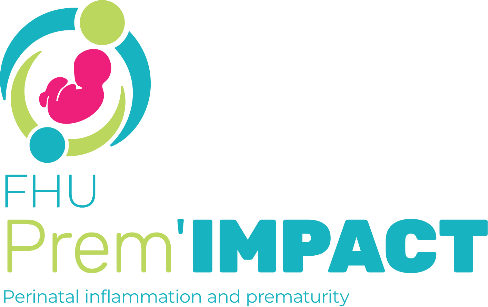The impact of neonatal unit policies on breast milk feeding at discharge of moderate preterm infants: The EPIPAGE-2 cohort study – PubMed
Abstract
Facilitating factors and barriers to breast milk feeding (BMF) for preterm infants have been mainly studied in very preterm populations, but little is known about moderate preterm infants. We aimed to analyze hospital unit characteristics and BMF policies associated with BMF at discharge for infants born at 32 to 34 weeks’ gestation. EPIPAGE-2, a French national cohort of preterm births, included 883 infants born at 32 to 34 weeks’ gestation. We investigated kangaroo care in the first 24 hr, early involvement of parents in feeding support, volume of the unit, BMF information given to mothers hospitalized for threatened preterm delivery, protocols for BMF, presence of a professional trained in human lactation, unit training in neurodevelopmental care, and regional BMF initiation rates in the general population. Multilevel logistic regression analysis was used to investigate associations between unit policies and BMF at discharge, adjusted for individual characteristics and estimating odds ratios (ORs) and 95% confidence intervals (CIs). Overall, 59% (490/828) of infants received BMF at discharge (27% to 87% between units). Rates of BMF at discharge were higher with kangaroo care (adjusted OR 2.03 [95% CI 1.01, 4.10]), early involvement of parents in feeding support (1.94 [1.23, 3.04]), unit training in a neurodevelopmental care programme (2.57 [1.18, 5.60]), and in regions with a high level of BMF initiation in the general population (1.85 [1.05, 3.28]). Creating synergies by interventions at the unit and population level may reduce the variability in BMF rates at discharge for moderate preterm infants.
